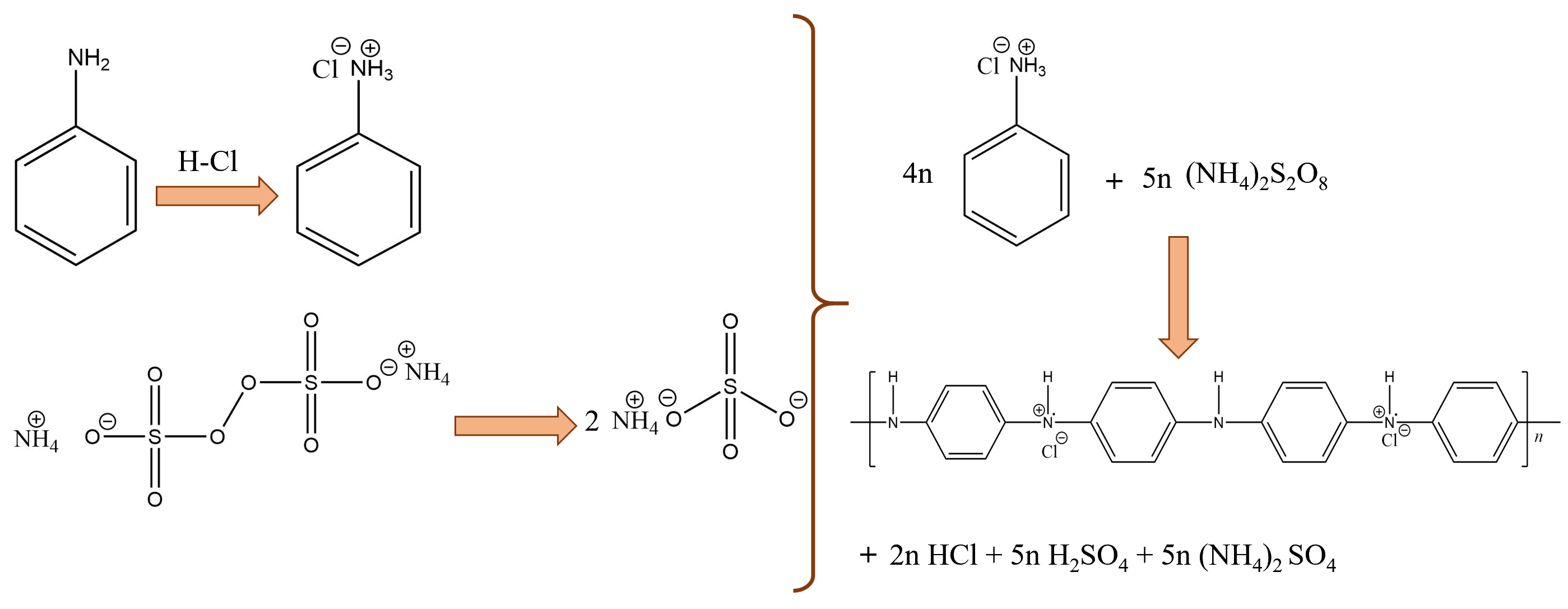Synthesis and characterization of new hybrid inorganic-organic polymer nanocomposite as efficient catalyst for oxidative desulfurization.
Posting date on solidfuturism: January 8th 2024
Published date: march 2nd 2020
Authors: Mohammad Ali Rezvani, Seyed Amirhosein Mirsadri
DOI: https://doi.org/10.1002/aoc.5585
Abstract composer: Seyed Amirhosein Mirsadri

There is always need to measure the atmosphere pollutants, why? because they have direct effects on human body and total health. The most considered contaminants these days are SOx and NOx and mostly they are come from a source known as combustioning fossil fuels in any possible industries. Hence, there must be ways of controlling this amounts of contaminants or even ways of utillizing new energy sources. Nowadays, some materials were found to be good for chemically alternation of these contaminants to the more non-toxic molecules just before their usage or combustion. Years of employing hydrodesulfurization with lesser efficincy have made scientists to think about new ways like oxidative desulfurization pathways where the refractory sulfur containing materials like Thiophene (TH), BenzoThiophene(BT) and Dibenzothiophene(DBT) oxidize to their polar form which can be removed via simple separation method with suitable separation solvent. Herein, A new nanocomposite based on modified polyoxometalates and polyaniline were designed and synthesized via sol-gel method. Polyoxometalates(POMs) are a kind of inorganic materials that shows good specific surface to volume rario (S/V), good reduction ability and, etc.

Keggin type POM is a most famous one with 12 octagonal building block units and inner tetragonal unit with molecular formula of XM12O40m- where M is octahedra's main metal made mostly from early transition metals like MoIV, WIV and VV which can encapsulate the inner tetrahedra unit that X represents the elements like PV, SiIV and, etc. In this manuscript a lacunary PW11NiO39 POM were synthesized and modified by a tertiary salt tert-Butyl alcohol to have good interaction between two immiscible phases in the oxidation of the fuel.

Then, it was immobillized on a firm Polyaniline polymer, since it can inrease the S/V ratio. The Characterizations were done by FT-IR, XRD, SEM, EDX and, XRF. The process undergoes employing the heterogenous as-prepared nanocomposite in the funnel containing fuel with its refractory pollutants. Then, after that the reaction is done, they will separated in a bi-phasic medium containing extraction solvent and oil which make the the molecules that had been oxidized to the more polar form transport from oil medium to the water phase. The catalyst showed marvelous efficiency.


klsjuidhfasdgh.png)
klsjuidhfasdgh.png)
klsjuidhfasdgh.png)
klsjuidhfasdgh.png)
klsjuidhfasdgh.png)

klsjuidhfasdgh.png)
klsjuidhfasdgh.png)
klsjuidhfasdgh.png)